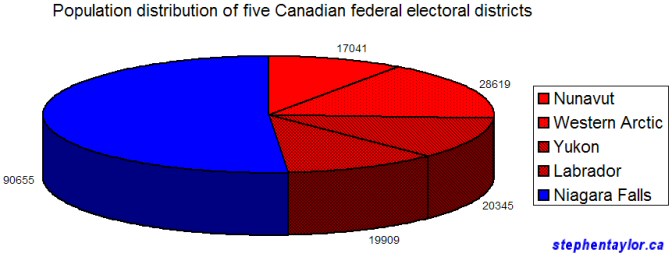“A majority government for Stephen Harper would be one of the most negative political events in Canadian history” — Danny Williams, Premier of Newfoundland and Labrador
These were Danny Williams words last week as reported by CTV.ca.
Stephane Dion is in BC today trying to sell that province on the benefits of yet another carbon tax. The folks in BC aren’t buying as their own provincial carbon tax has been very unpopular. Dion’s tour lands its carbon belching jet in BC while gas prices are higher than they’ve been in recent memory. While gas prices have risen due in part to Hurricane Ike ravaging the Texan coastline, British Columbians aren’t likely to give Dion a hero’s welcome.
So why is Danny Williams running an ABC (anyone but conservative campaign)? For Newfoundland and Labrador this would only amount to electing more Liberals.
Oil producing economies such as Saskatchewan and Alberta have already slammed Dion’s plan. Why would Danny Williams want to hurt his own province’s economic future? Despite the obvious masochism in Danny’s begging for taxation that will affect jobs in his resource sector, Stephane Dion’s carbon tax will have real-world effects for everyday Newfoundlanders and Labradorians.
The “Caribou” ferry uses 41,000 litres of fuel (partially diesel, partially bunker) to travel one way between NS and NL. By working to help the Liberals form government, Danny would be advocating a 7 cent per litre tax be applied directly to Marine Atlantic crossings. How would he reconcile that? This ferry service is a vital link for residents of that province to access the rest of Canada. Stephen Harper’s recent announcement cutting the excise tax on diesel goes directly against Dion’s plan for increased taxation. Since Newfoundlanders and Labradorians import most of their food, Dion’s carbon tax will be felt quickly as most food arrives by diesel-fueled trucks and ferry.
The fishery is also an integral part of the economy in Newfoundland and Labrador. Fishers use diesel fuel and will also face a 7 cent per litre tax increase under Stephane Dion’s plan. How can Danny Williams say he is standing up for fishers when he supports Stephane Dion’s carbon tax?
Danny has received a lot of political mileage when it comes to facing off against the federal government. He did so under previous Liberal administrations. However, while Newfoundlanders and Labradorians may appreciate Danny’s right-or-wrong hard-headed defense of their province, on support for Dion and, by extension, his carbon tax-centred political platform, Danny is wrong.
